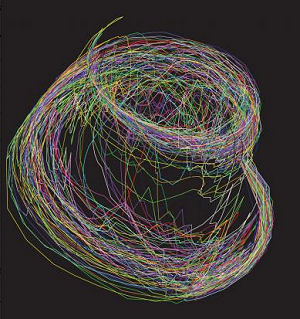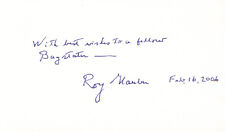
A team of researchers has discovered how algae that survive in very low levels of light are able to switch on-and-off a quantum phenomenon known as coherence. The function of coherence in the algae remains a mystery, but the researchers think it could help the organisms harvest energy from the Sun much more efficiently. The research team hopes that by working out the precise role of coherence in a living organism could lead to technological advances, such as much-improved organic solar cells. The research, published in the journal Proceedings of the National Academy of Sciences, is part of an emerging field called quantum biology.
In quantum physics, a system that is coherent – with all quantum waves in step with each other – can exist in many different states simultaneously, an effect known as superposition.
“We studied tiny single-celled algae called cryptophytes [pictured] that thrive in the bottom of pools of water, or under thick ice, where very little light reaches them,” says senior researcher, Professor Paul Curmi, of the University of New South Wales (Australia). “Most cryptophytes have a light-harvesting system where quantum coherence is present. But we have found a class of cryptophytes where it is switched off because of a genetic mutation that alters the shape of a light-harvesting protein.”
The discovery means that the researchers will be able to uncover the role of coherence in photosynthesis by comparing organisms with the two different types of proteins.
Curmi thinks that coherence could increase the efficiency of photosynthesis, allowing the algae to exist on almost no light. “Once a light-harvesting protein has captured sunlight, it needs to get that trapped energy to the reaction centre in the cell as quickly as possible, where the energy is converted into chemical energy for the organism. It was assumed the energy gets to the reaction centre in a random fashion, like a drunk staggering home. But quantum coherence would allow the energy to test every possible pathway simultaneously before travelling via the quickest route,” he explained.
To investigate, the team used x-ray crystallography to work out the crystal structure of the light-harvesting complexes from three different species of cryptophytes. They found that in two species a genetic mutation has led to the insertion of an extra amino acid that changes the structure of the protein complex, disrupting coherence.
“This shows cryptophytes have evolved an elegant but powerful genetic switch to control coherence and change the mechanisms used for light harvesting,” says Curmi. The next step will be to compare the biology of different cryptophytes, such as whether they inhabit different environmental niches, to work out whether the quantum coherence effect is assisting their survival.
Related:
Discuss this article in our forum
Robustness of quantum entanglement in photosynthesis surprises researchers
Electricity generated directly from photosynthesis
Physicists to probe flu virus for macro quantum effects
Quantum effect in photosynthesis leaves researchers mystified












Comments are closed.